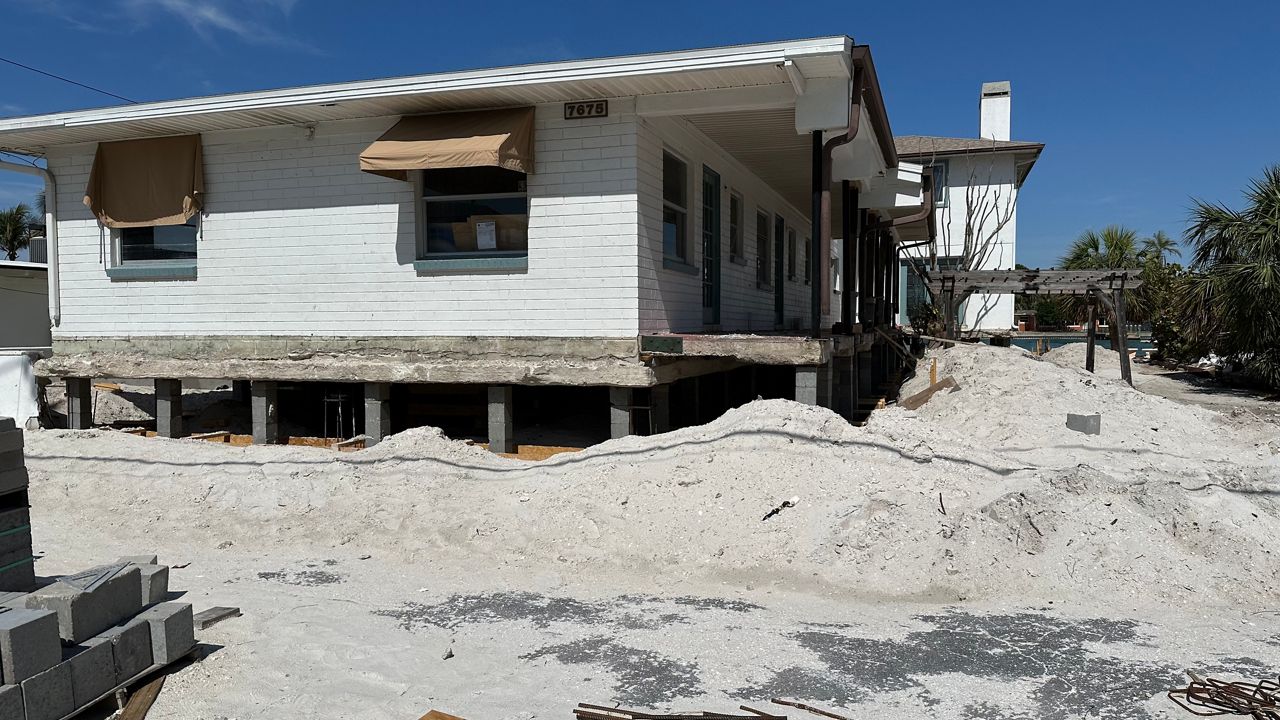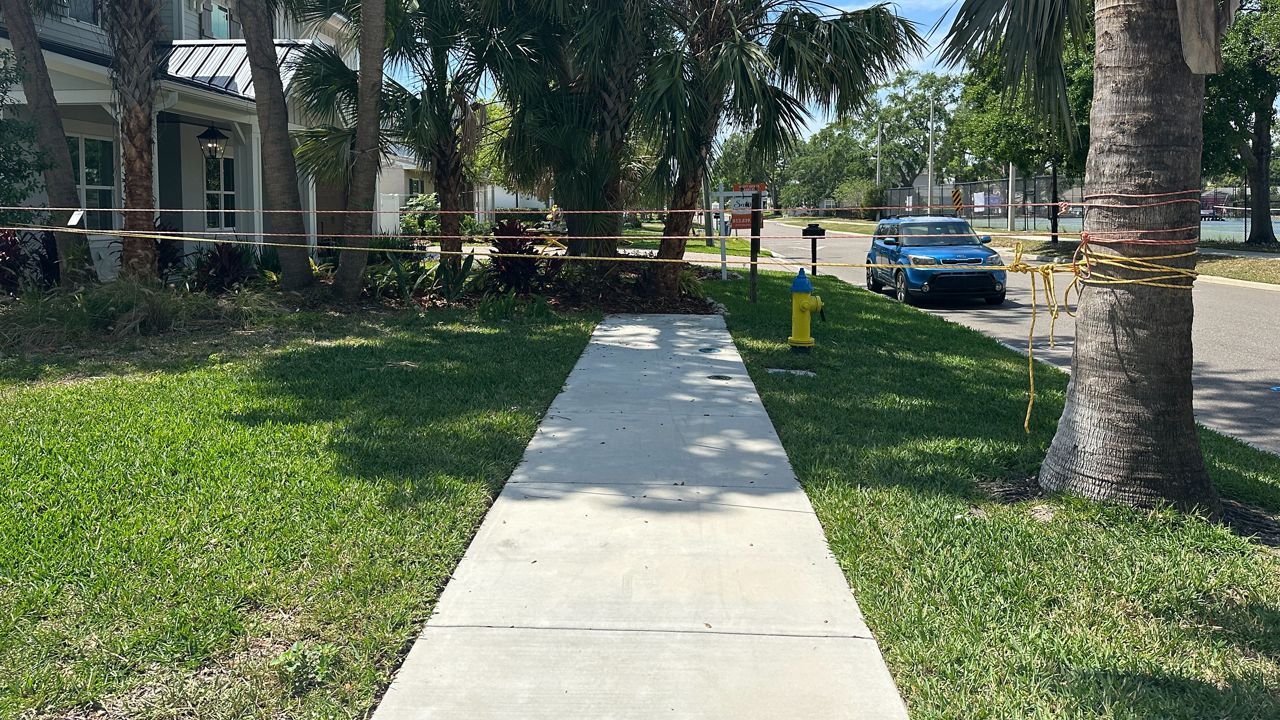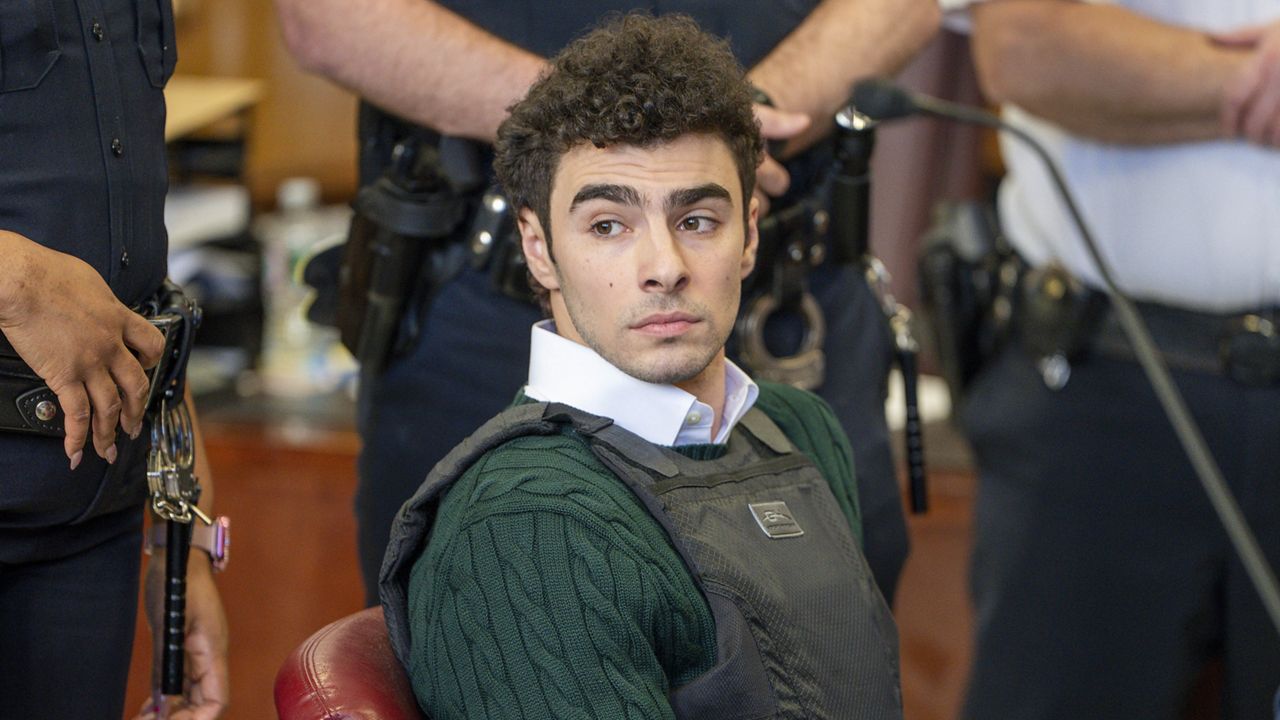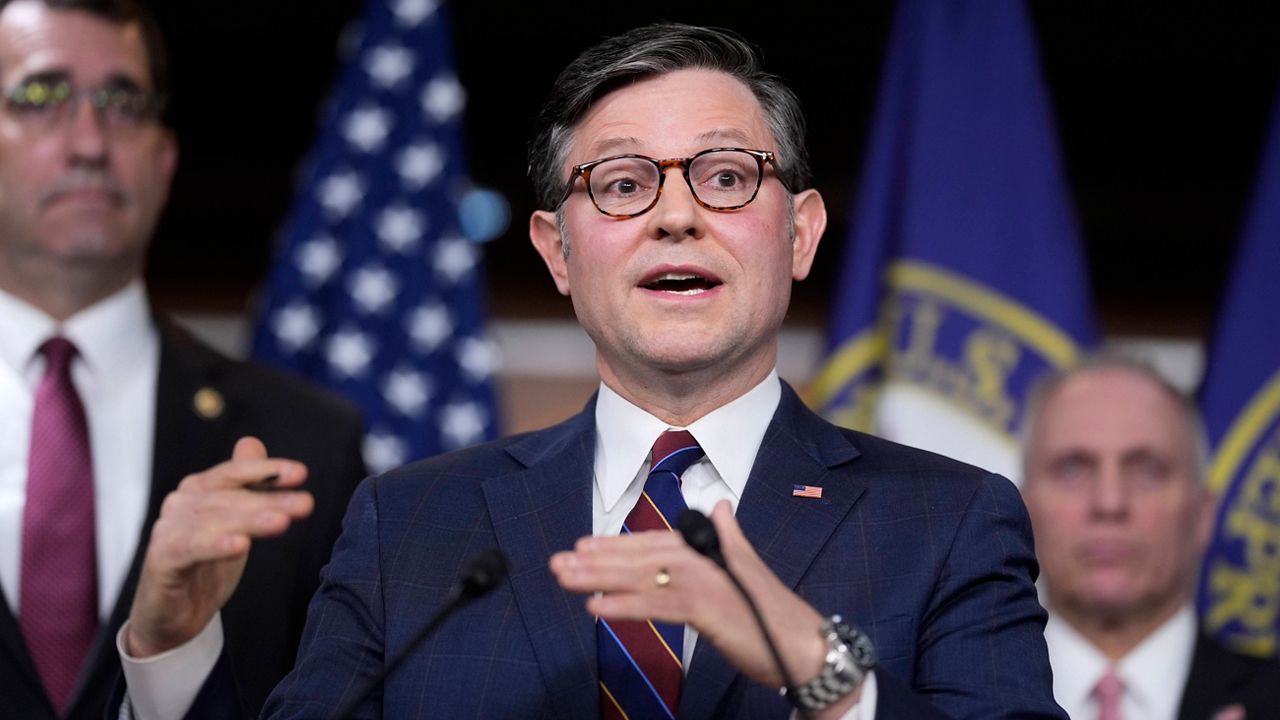TAMPA — A retired air traffic controller with 30 years of experience said the tragic midair collision which killed 67 people on Wednesday in Washington D.C. affects all air traffic controllers.
“Even the air traffic controllers that are not at Reagan National (Airport), they feel it too,” said David Wheeler, 65. “Because they know that any time a mistake can happen. Either on the pilot side or the controller side or just bad luck and it can be them. So we take it home for every night.”
Wheeler worked as an air traffic controller for 15 years at Charlotte Douglas International Airport and 15 years at Tampa International Airport before he retired in 2015. The Apollo Beach resident currently trains the next generation of air traffic controllers at the FAA Academy in Oklahoma City.
“The instructors out there are just as professional as the ones in the field,” he said. “They really work hard to make sure we get the best.”
Wheeler said it is way too early to speculate on what caused the deadly midair collision between an American Airlines jet and an Army Blackhawk helicopter. Radio traffic shows the air traffic controller asking the Blackhawk pilot, called “PAT 25” if he sees the jet, called “CRJ.”
“PAT 25, do you have the CRJ in sight?,” he asks. “PAT 25 pass behind the CRJ.”
“There’s an aircraft in sight,” said the Blackhawk pilot. “Request visual separation.”
Wheeler said the chopper pilot might have been looking at the wrong jet.
“You’ve got to make sure that the aircraft sees the right aircraft. It’s possible that pilot looked at the wrong aircraft because at nighttime you have no depth perception of how far a light is away from you.” He said. “So it’s very possible the pilot said, ‘Yes, I have the airplane in sight,’ but he could’ve been looking at the other aircraft.”
The retired air traffic controller said in a perfect world, the American Airlines pilot would have been looking for the chopper, too.
Wheeler said there has been a shortage of air traffic controller since President Ronald Reagan fired them all in 1981, after they went on strike. A long training process and attrition have contributed to the shortage, according to Wheeler.
“We got pretty good in the late 90s to early 2000, but then all of us retired and so the FAA has been struggling ever since to get staffing back to full,” he said. “The training that you take to get to be a full functional air traffic controller, say somewhere here like Tampa, might take a person six to eight years to get fully checked out from being hired off the street.”
The crash in D.C. brings back memories of a deadly crash that happened on Wheeler’s watch, even though it wasn’t his fault.
“I had an aircraft crash at Tampa Executive. No fault of my own. But the guy turned out to be a retired United pilot doing an angel flight and he died,” he said. “I carried that for a long time. Every time you see a crash, it brings up all of those memories.”
The National Transportation Safety Board has begun an investigation and will look at a wide range of potential causes of the collision.











